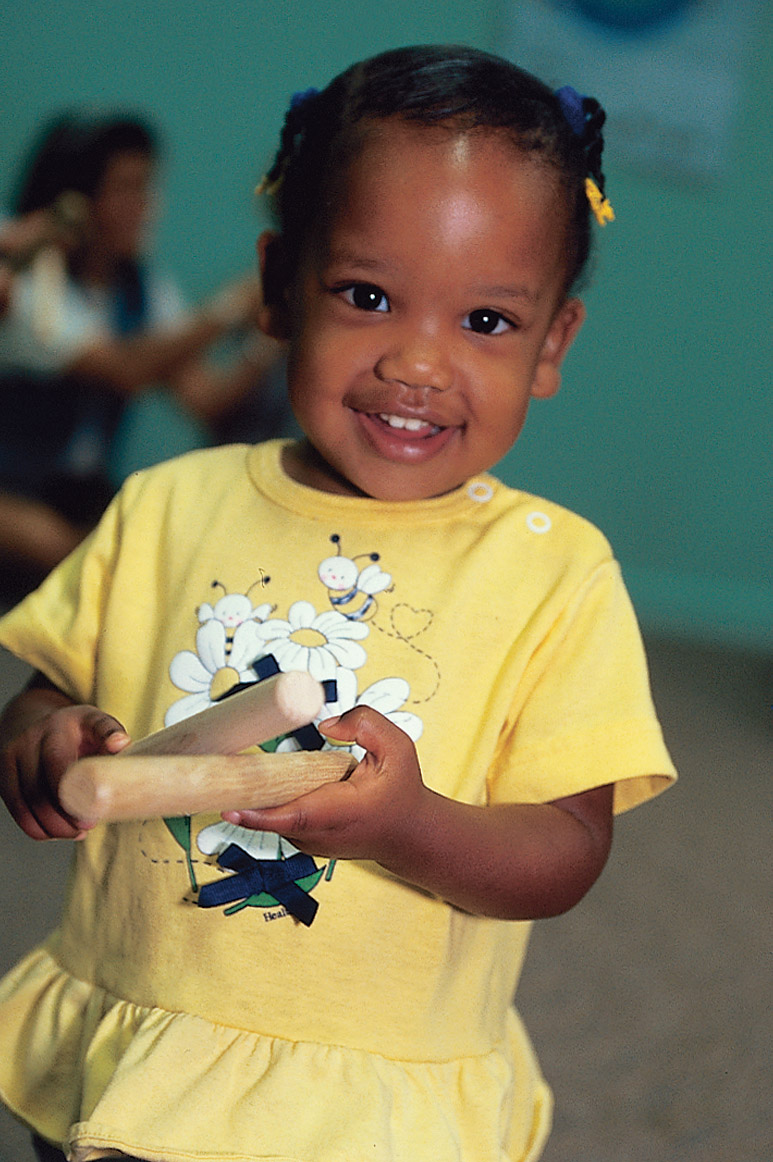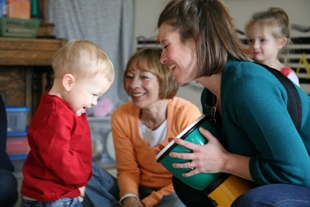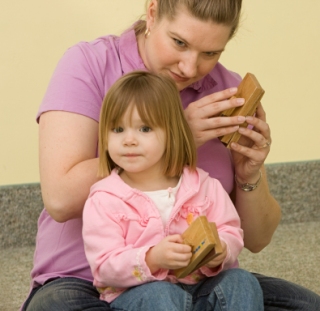Caring for an infant can be a bit like visiting a foreign country, especially considering the language barrier. After all, most grown-ups—from first-time parents to experienced early childhood educators—are no longer fluent in Baby. Take a look: Do you know what these babies are talking about? They certainly seem to understand each other!
[youtube]https://www.youtube.com/watch?v=_UfFY6PSVu0[/youtube]
How to talk to babies
Even though we may not know exactly what those sweet babies are saying, parents and caregivers around the world naturally speak “parentese” when talking with babies. Common features of this baby-friendly language include:
- Using a high pitch to get a baby’s attention
- Repeating words (e.g. Who is the cutest baby in the world? You are! Yes, you are!)
- Keeping sentences short
- Exaggerating syllables and words
New research from the University of Washington indicates that using parentese with babies actually encourages them to try and imitate what they hear! In the study of fifty-seven 7- and 11- or 12-month old babies each child listened to a series of native and foreign language syllables while the researchers observed their brain activity. As expected, the researchers noted brain activity in an auditory area of the brain, however, they also observed activity in the parts of the brain responsible for planning the motor movements required for producing speech.
“Most babies babble by 7 months, but don’t utter their first words until after their first birthdays,” said lead author Patricia Kuhl, in a press release. “Finding activation in motor areas of the brain when infants are simply listening is significant, because it means the baby brain is engaged in trying to talk back right from the start and suggests that 7-month-olds’ brains are already trying to figure out how to make the right movements that will produce words.”
These findings suggest that the exaggerated characteristics of parentese makes it easier for babies to model the motor movements required to speak. Bottom line: Keep talking to babies!
Babytalk Tips from Your Mother Goose
 As the mother of all nursery rhymes, Mother Goose knows a thing or two about talking to babies. With their rhymes and rhythms, nursery rhymes “wire” the brain for communication before speech even begins. It’s one of the reasons we include nursery rhymes in our early childhood curriculum.
As the mother of all nursery rhymes, Mother Goose knows a thing or two about talking to babies. With their rhymes and rhythms, nursery rhymes “wire” the brain for communication before speech even begins. It’s one of the reasons we include nursery rhymes in our early childhood curriculum.
Try these tips from Kindermusik@Home to talk to the babies in your life! Repeating these activities helps increase language acquisition and retention.
Find out more about Kindermusik at www.Kindermusik.com.
Contributed by Lisa Camino Rowell, a freelance writer living in the Atlanta area.











